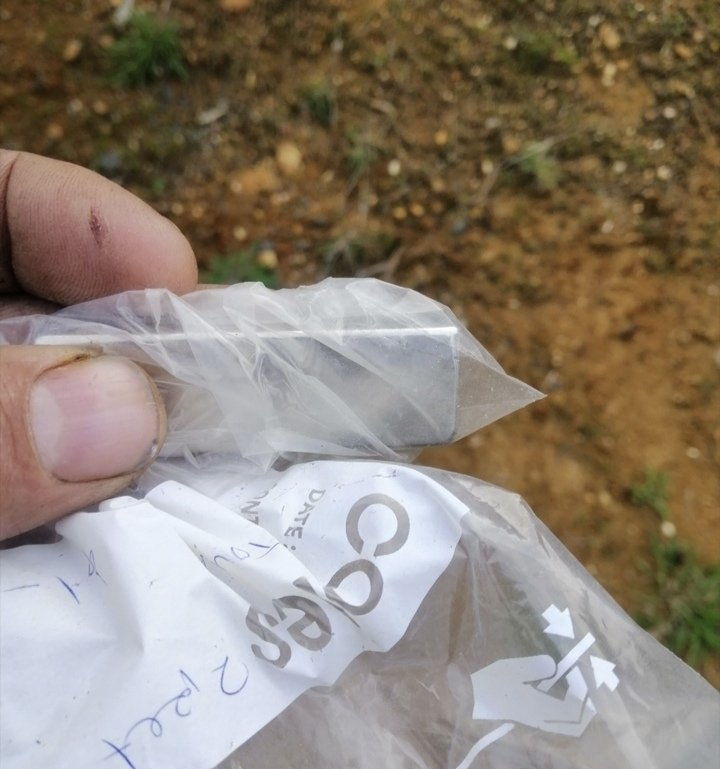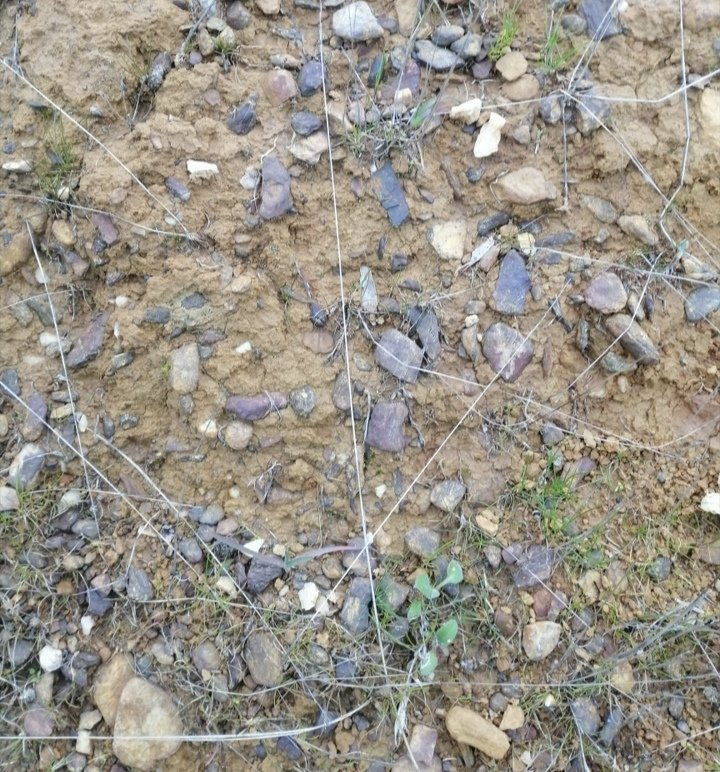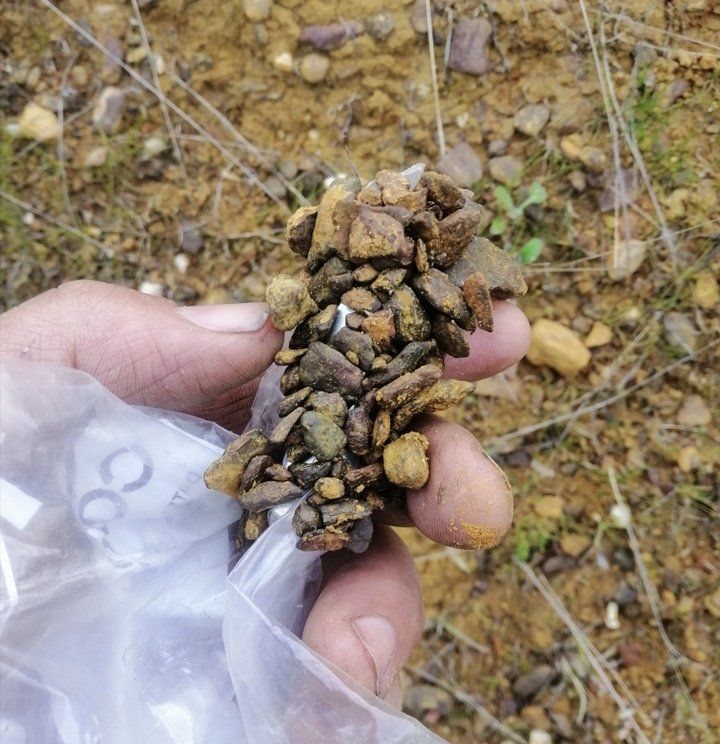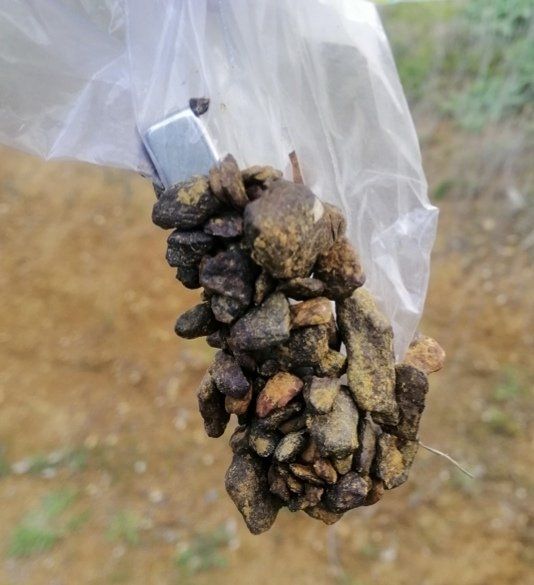Strictly it is maghemite. What happens is that lateritic ironstone gets heated in grassfires and recrystallizes to maghemite, which is slightly magnetic (but not as strongly magnetic as magnetite). Lateritic ironstone is basically iron-rich soil - ferricrete - that formed during a past wetter climatic period. When in rounded grains like that we call it pisolitic ironstone. However both the unrecrystallised non-magetic, and recrystallised magnetic pisolites look much the same and need a magnet to distinguish. They lookj a bit different if you crack them open.
Something similar can occur around campfires. At Lake Mungo the aboriginal campfires 38,000 years ago heated the ironstone rocks. We can date the charcoal from the old fires (28,000 years) using radiocarbon dating. When the maghemite forms, it preserves the orientation of the Earth's magnetic field at the time it forms. Mungo is interesting, as we find the ironstone around the campfires was the reverse of the present Earth's magnetic field - the north geographic pole was the south magnetic pole and vice-versa, the opposite of now (where the north geographic pole is also the north magnetic pole). The Earth's magnetic poles do reversals like this on average every 500,000 years (sometimes a lot more, sometimes a lot less) and the aborigines then lived through a reversal 38,000 years ago. In those days Lake Mungo was a freshwater lake full of fish.



 I put the magnet in a plastic bag so I could get the buggers off this time :awful:
I put the magnet in a plastic bag so I could get the buggers off this time :awful:







